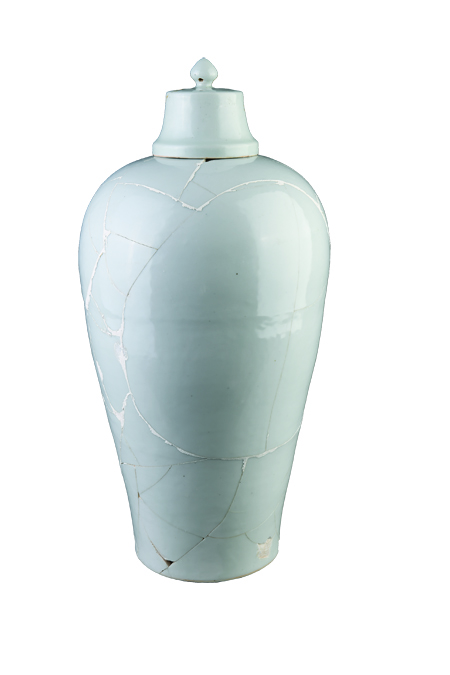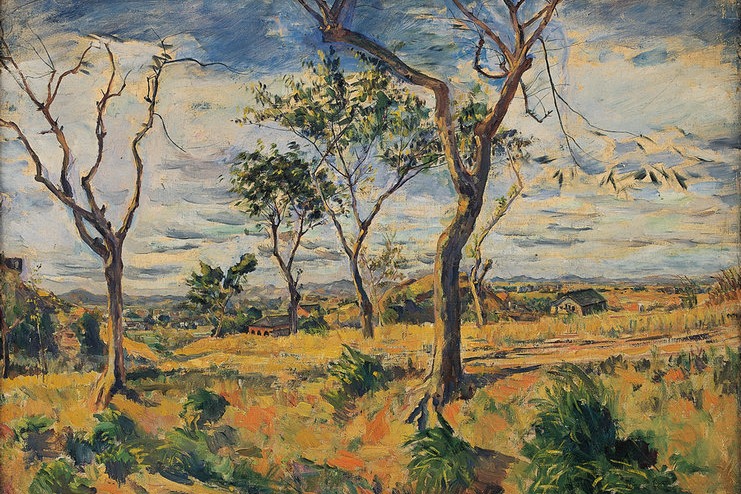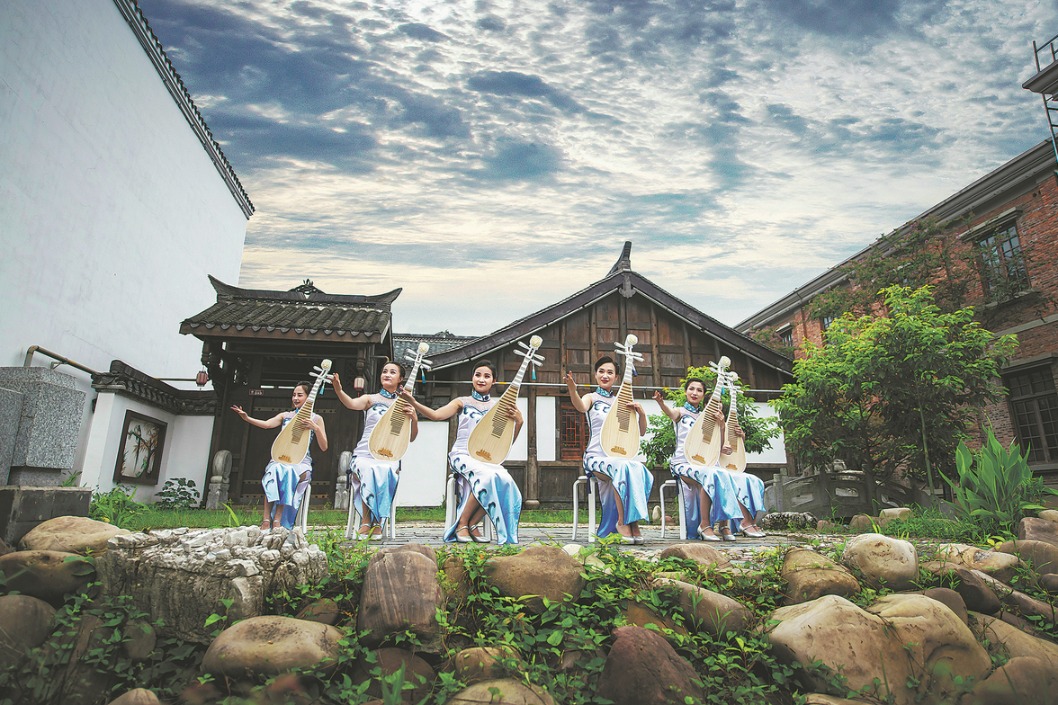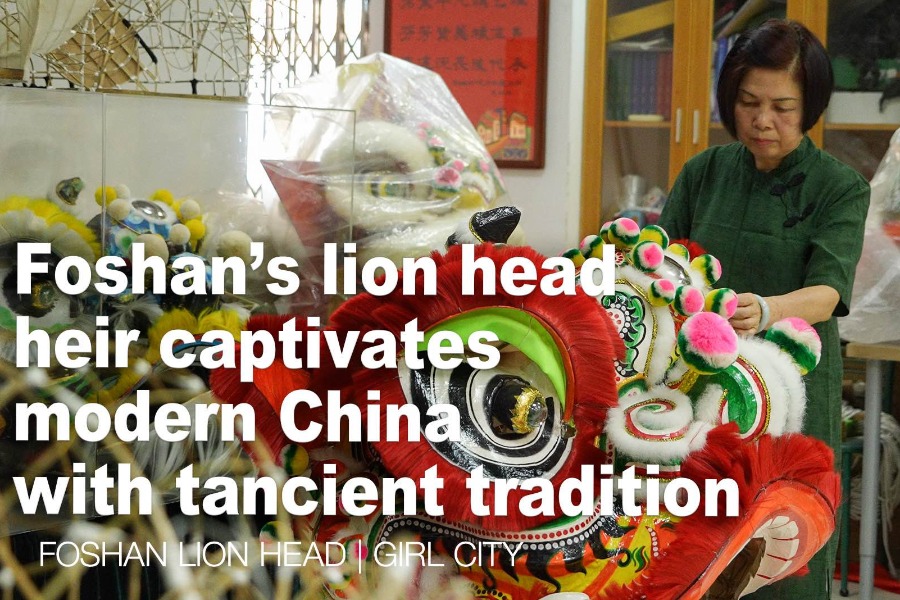Digging up our knowledge of the past


Great Wall in color
Beijing boasts eight UNESCO World Heritage Sites, among them the Great Wall. Ongoing archaeological efforts on the Jiankou Great Wall in Huairou district, a section built during the Ming Dynasty (1368-1644) and known for its steep ridges and rugged terrain, have revealed surprising details about its color.
According to Shang Heng, an associate researcher at the Beijing Institute of Archaeology, traces of red were found on the window of a lookout tower on the Jiankou Great Wall in June, which echoes details of a Ming Dynasty map in which the wall was painted red.
"This was the first time we found red pigment on the Ming Great Wall," Shang says. "At first, we thought it was decoration, but later we realized the window was probably red during the Ming period."
The traces are clearly visible and linear. Shang adds that as windows are exposed to the elements, their surface is often weathered, leading to bleaching, so it's rare for color to be identifiable after nearly 400 years.
Shang says the major requirement of the Great Wall during the Ming period was that it be solid and imposing, and painting it red was probably a way to add its grandeur.
"In the past, our understanding of the Great Wall was that it was gray, but this new discovery has shown us that its red color would have looked more beautiful in the wild," Shang says.
Archaeologists also discovered the earliest stone tablet found so far on the Jiankou Great Wall in another lookout tower, which records its date of construction and the names of its builders.
"We have pursued archaeological studies on the Great Wall for many years, achieving remarkable progress. This time we discovered the red pigment, which indicates that our excavation has become more precise," Guo says.





































